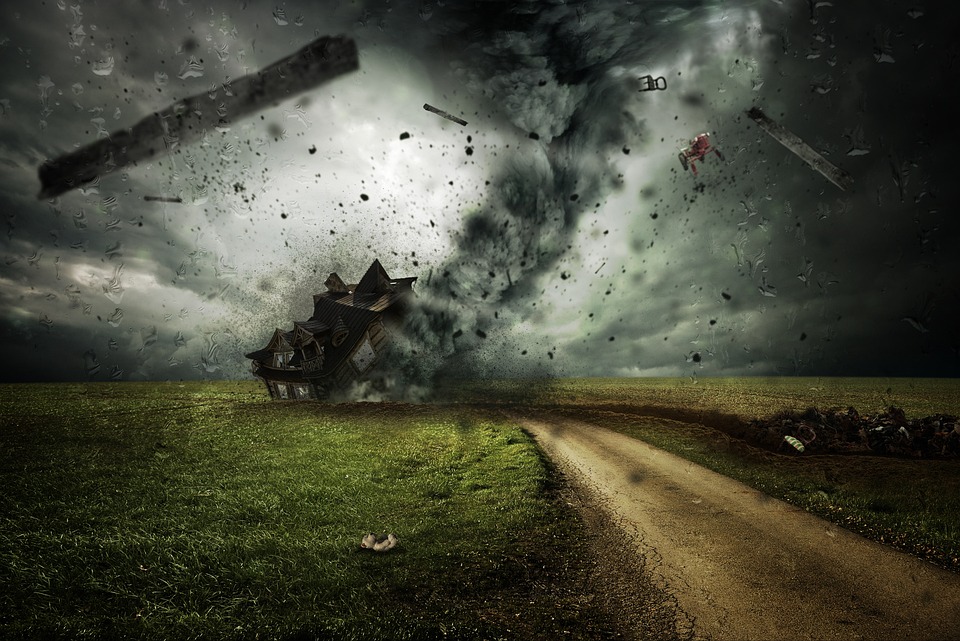The steps for submitting a claim differ depending on the insurance company. Some insurance companies require you to phone an agent or a claims center to submit a claim, while others enable you to do so online or using a mobile app. However, after a tornado, there are several procedures that all homes should take.
- To begin the claims procedure, contact your insurance carrier as soon as possible.
- To support your claim, take photographs and videos of all losses.
- Take actions to prevent future damage to your home if it hasn't been entirely destroyed. Cover a minor hole in your roof with plastic sheeting to avoid water damage inside the house, for example. However, you should not undertake any substantial repairs until you have met with an insurance adjuster.
- If your home is destroyed by a tornado, check with your insurance company to see if your coverage covers loss of use costs.
- Keep meticulous records of all conversations with your insurance carrier.
Does Home Insurance Cover Damage to Cars?
Tornadoes may harm automobiles in a variety of ways. Trees can be blown onto automobiles by strong winds, and hail can slam into hoods and break windshields.
Your car will not be covered by your homeowner's insurance. Comprehensive vehicle insurance, on the other hand, covers damages caused by weather disasters such as tornadoes.
How To Prepare for a Tornado
Tornadoes obliterate everything in their path, but you can take steps to keep your family safe and the insurance claim process run smoothly.
- Keep track of your personal things and keep an up-to-date inventory. You may make a written inventory or use images or videos to document your belongings. The purchase price of each item, as well as receipts, should be included in the inventory.
- Tree limbs that hang over your house should be pruned, and dead or rotten trees should be removed.
- Make a shelter-in-place package that includes cleaning materials, a first-aid kit, prescriptions, non-perishable meals, and bottled water. Prepare a shelter-in-place kit for your pets as well as a pet evacuation kit in case you need to evacuate.
- Determine the safest location in your house. During a tornado, small, windowless interior areas, such as a bathroom or closet, are the safest places to be. Even better protection can be found in basements and subterranean storm shelters.
- Keep an eye on the weather forecast. Learn the warning signs of a tornado and remain up to date on weather updates if dangerous conditions emerge.
Frequently Asked Questions (FAQs)
What are loss of use coverage limits?
Loss of use coverage is normally calculated as a percentage of your dwelling coverage, which is usually 20%.
So, if you have $200,000 in dwelling coverage, your loss of use coverage might be $40,000.
Are hail and wind losses covered by all home insurance policies?
No. In places prone to hurricanes or tropical storms, some insurance exclude hail and wind losses. Insurers, for example, exclude these dangers for residences along the Texas coast. Texas coastal residents, on the other hand, can get hail and wind insurance via the Texas Windstorm Insurance Association.

